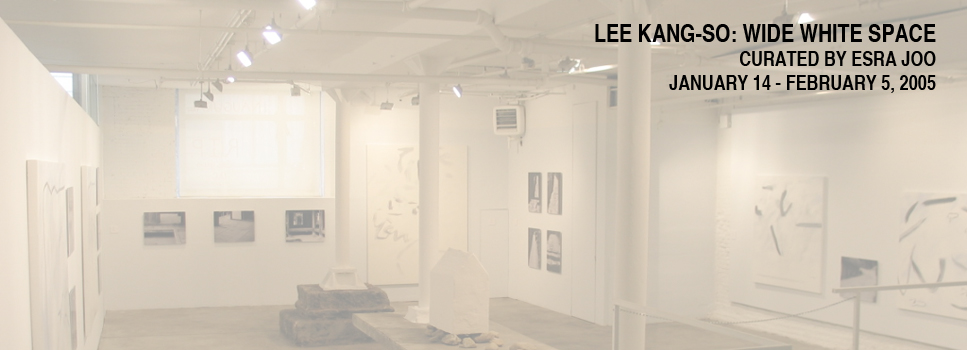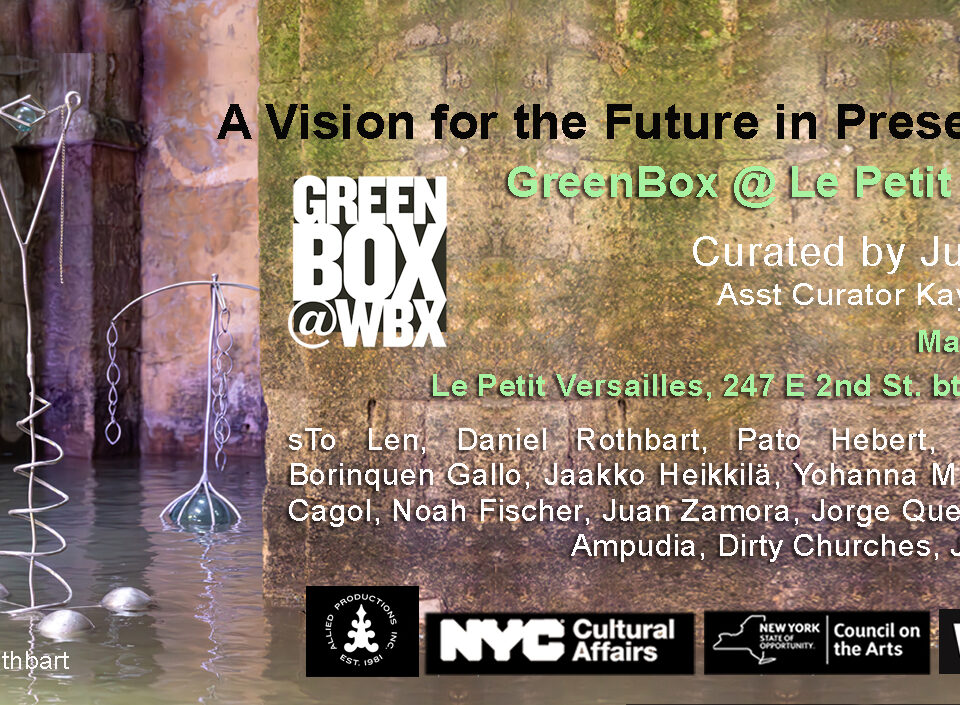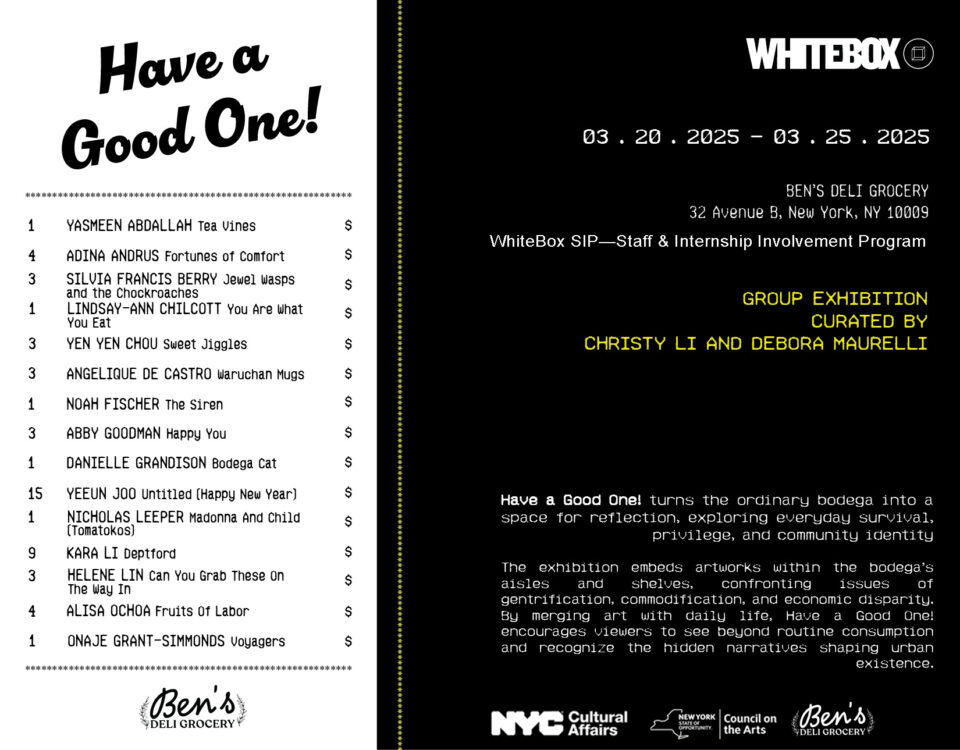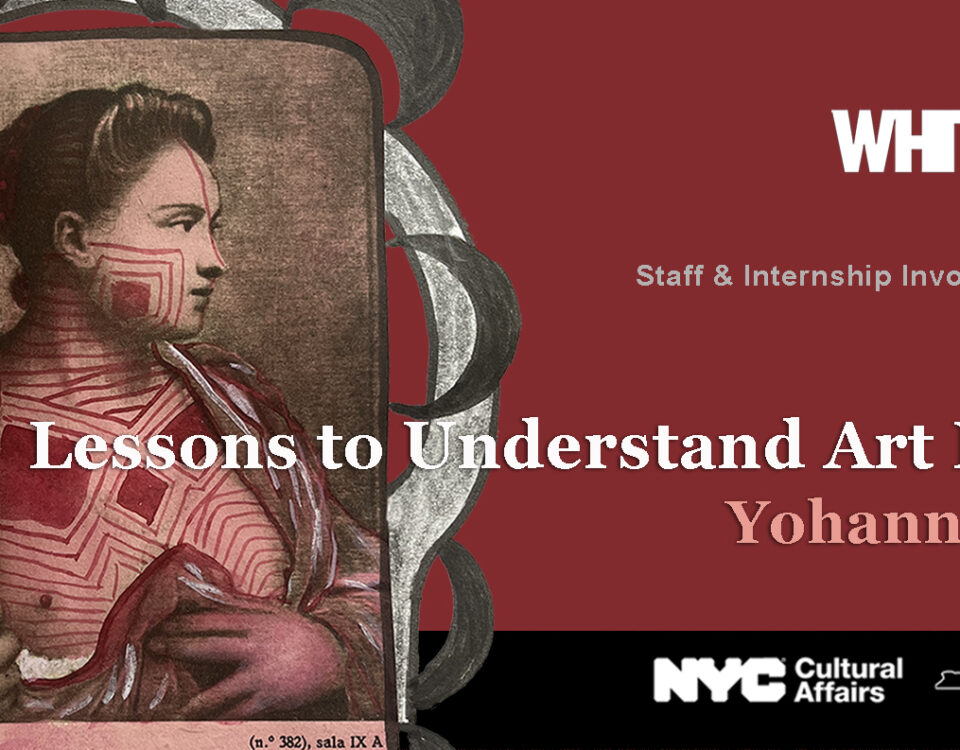Democracy Was Fun
November 19, 2004UNDER YOUR SKIN
March 22, 2005Lee Kang-So: Wide White Space Curated by Esra Joo January 14 – February 5, 2005
White Box is pleased to present a one-man show of recent paintings and photographs by Lee Kang-So. Kang-So was born in Taegu, Korea in 1943 and graduated from Seoul National University. Kang-So is a revered professor in Korea and was a member of the Korean Avant Garde Association founded in 1969.
From the Exhibition Catalogue Essay by Eleanor Heartney:
Lee Kang-So’s work defies categories – It inhabits a realm between abstraction and figuration, between photographic “truth” and painterly “illusion” and between Asian traditions of calligraphy and landscape painting and Western abstraction. At times, it even seems to defy time, presenting fleeting impressions which seem to shift and reassemble themselves before the viewer’s eyes.
Lee Kang-So is well known in Korea and internationally for his serenely simple paintings in which presence and void interweave in a never-ending dance. In these works, a few free floating strokes of blue or gray paint are set off against a shadowy white ground. The marks suggest doorways, rudimentary boats, birds taking flight, ducks bobbing in water and the ripples they leave on the surface of a lake. Light seems to emerge from within the paintings, producing unexpected depths. Many critics have commented on Lee’s beautifully poised interplay between the aesthetics of traditional Asian ink painting, western minimalism of the more poetic variety practiced by artists like Agnes Martin and Cy Twombly and such Asian modernist traditions as Korean monochrome and Japanese Mono-ha.
This exhibition, which pairs Kang-So’s paintings with his black and white landscape photographs from rural Korea and Tibet, highlights the qualities which make Kang-So’s work unique. His paintings and photographs deliberately confuse normal distinctions between representation and abstraction. The paintings, despite their unmistakable references to landscape, could not be further from the Western conception of landscape painting as an arrangement of elements within a rational space. Instead, here space is created by the intermingling of matter and void. We can read his marks as schematic references to objects in the real world. Or we can perceive them as abstractions or as calligraphic strokes from a language we cannot read. They inhabit a richly modulated ground whose tactility reminds us of the way clouds and air have a palpable presence in traditional Asian landscapes. In the work of Lee Kang-So, we see the fruitful result of the process of cross fertilization. He transcends traditional boundaries and distinctions between media, artistic traditions and representations to bring us a vision of a world in constant movement.
For more information please contact White Box at 212-714-2347.




